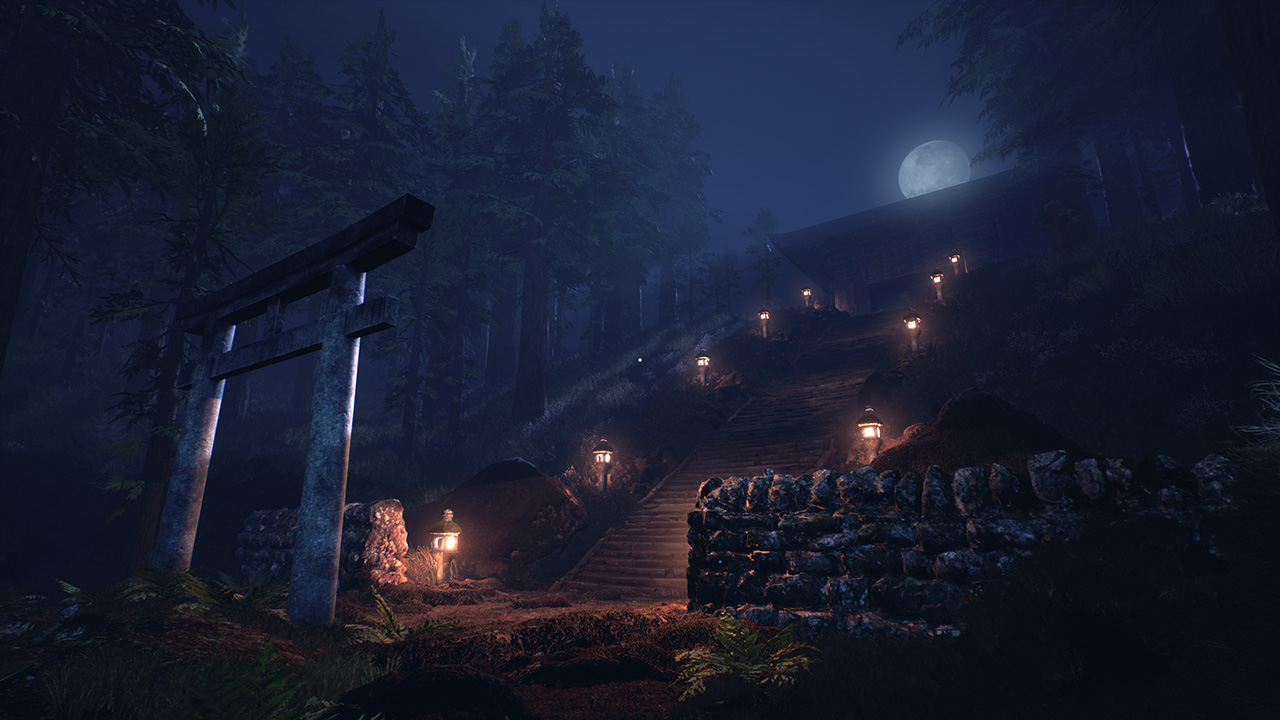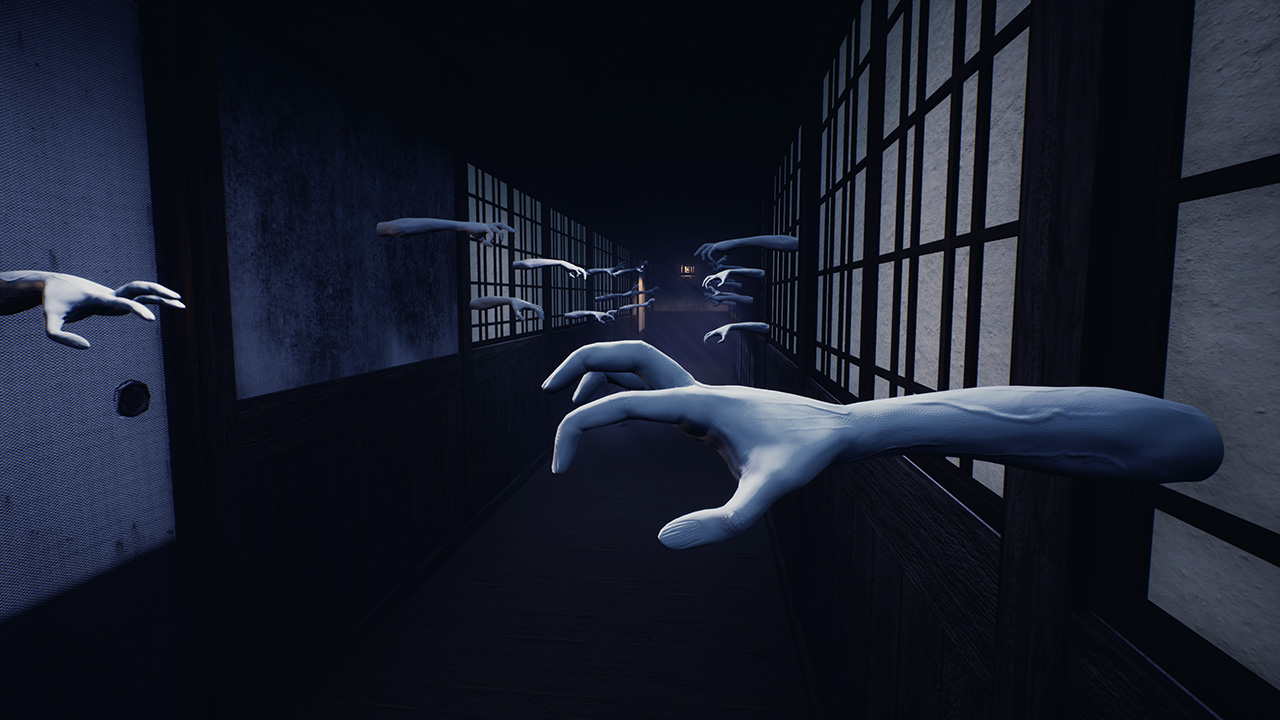More taxing than terrifying.
Some games are challenging by design. They require split-second combo moves, are unforgiving with mistakes, and contain punishing enemies you must battle again and again to learn how to overcome them. They offer no help. They are demanding.
Some games, however, are not challenging because they are demanding but because they are confounding. Ikai, now out for the Switch, is one of those games.
In Ikai, you are an assistant shrine priestess in ye olden times. While the priest is away, there’s an outbreak of spirits (all based on Japanese folklore), and it’s up to you to bust ‘em.
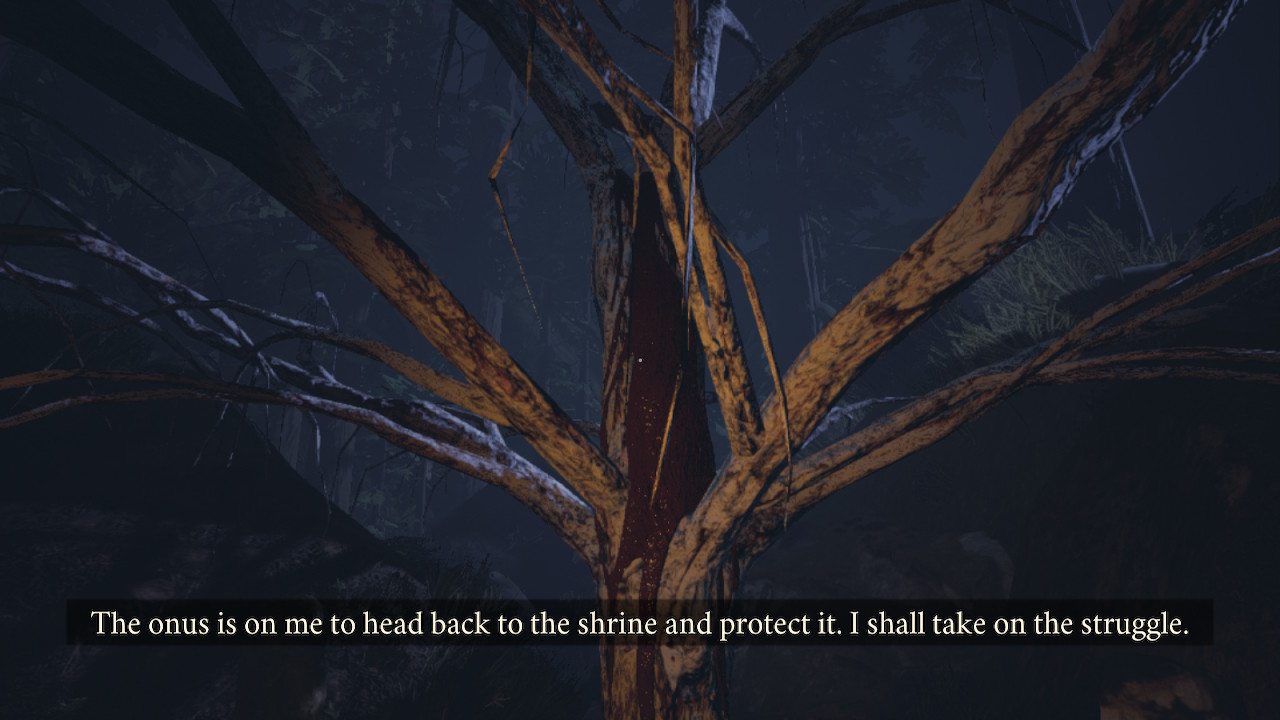
Your only tool is the ability to paint sigils that will banish the creatures, which requires you to walk or, in emergencies, perform a slight trot to carry you from room to room in your shrine, avoiding the ghosts until you can overcome them.
That’s a fine premise for horror. Games like Alien: Isolation and Fatal Frame make hay out of reversing the power fantasy of most video games, giving you the heebie-jeebies by putting the player in a situation where you can’t win by fighting, but by hiding or standing still.
Where Ikai stumbles is that while it puts you in the situation of being in a feudal-era shrine fighting creatures from folklore, it forgets that I have no idea what it means to be in a feudal-era shrine fighting creatures from mythology. It doesn’t so much throw you in the pool’s deep end, it blindfolds you, throws you in a bag, spins you around several times, and then throws you into an empty swimming pool with no ladders.
I get what they’re going for; the iterative process of a Souls-like game where you keep trying and trying until you finally have an “a-ha!” moment that allows you to finally overcome your foe. But it doesn’t feel like a Souls game, it feels like one of those insane point and click adventures where you have to put the fish in the bird feeder so that the cuckoo will drop the rainbow sticker on that one you can paint back using the bucket of tar then wear as a mustache to fool the guard at the book store.
The biggest difficulty of the game is simply knowing what you’re supposed to do. You start Ikai helping your master by making sigils using a simple drawing mechanic: you pick up the pen and match the pattern on the paper. After that, you have to sweep the shrine.
Okay. But,where’s the broom? Good question. There are several doors in the room, and if you go out any of them to find the broom, you can easily get lost as you roam the compound. Is there a map? There is not.
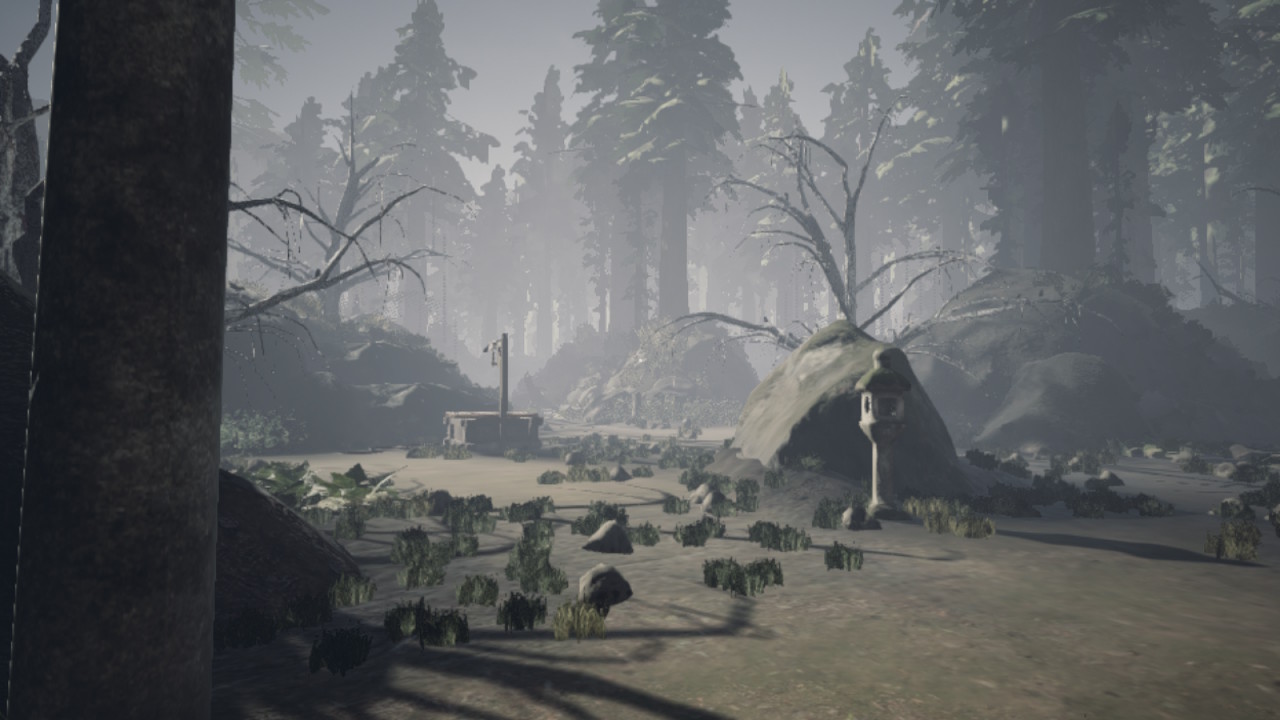
Okay, you’ve found the broom and swept. Now you need to take the laundry to the river. Where’s the laundry? Good question. This is undoubtedly something this character would know, but the game offers you no direction, nor is it helpful as a way to learn the layout of the shrine.
Okay, now I’ve managed to find the laundry. I have no idea where I am in relation to the first room, but I have to take it to the river. Where’s the river? Outside. How do I get outside? Good question. By wandering about, I eventually find a door that has a sliding puzzle on it because of course it does.
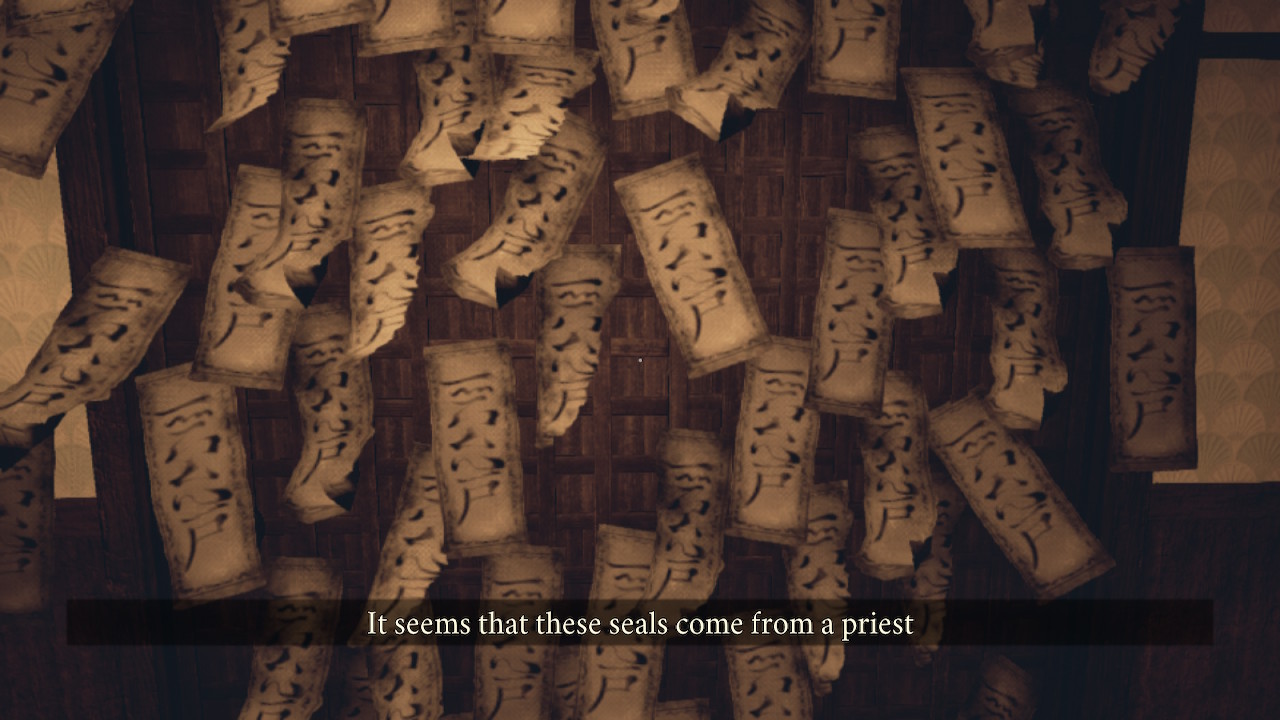
The whole game is like this—stumbling about from location to location, encountering things that might be puzzles but might just be random objects you can interact with. When you finally need a brush and paper, you’ll have to go through room after room of drawers and boxes that can be opened but contain nothing before finally ending up in the correct room where you might, through trial and error, figure out the right object to move next to the right shelf.
The narration is also terrible. Occasionally, your character will chip in with unhelpful reminders like “I can’t wash the laundry in standing water” or say absolutely confusing things like “Leave the rock on the right.”
What does that mean? Pick up a rock and leave it on the right? Don’t pick up the rock on the right? Is there a rock there? Why can’t I see a rock? What am I supposed to be doing with this friggin’ rock?
No, what it means is “follow this path, making sure that this particular boulder stays to your right.”
The monsters you face range from actually frightening to goofy.
Pulled from Japanese folklore, the cultural dissonance can be effective when confronted with otherworldly creatures that look like they were designed by David Cronenberg. But then you run into giant heads that drop out of trees with all the terror of the Monty Python foot.
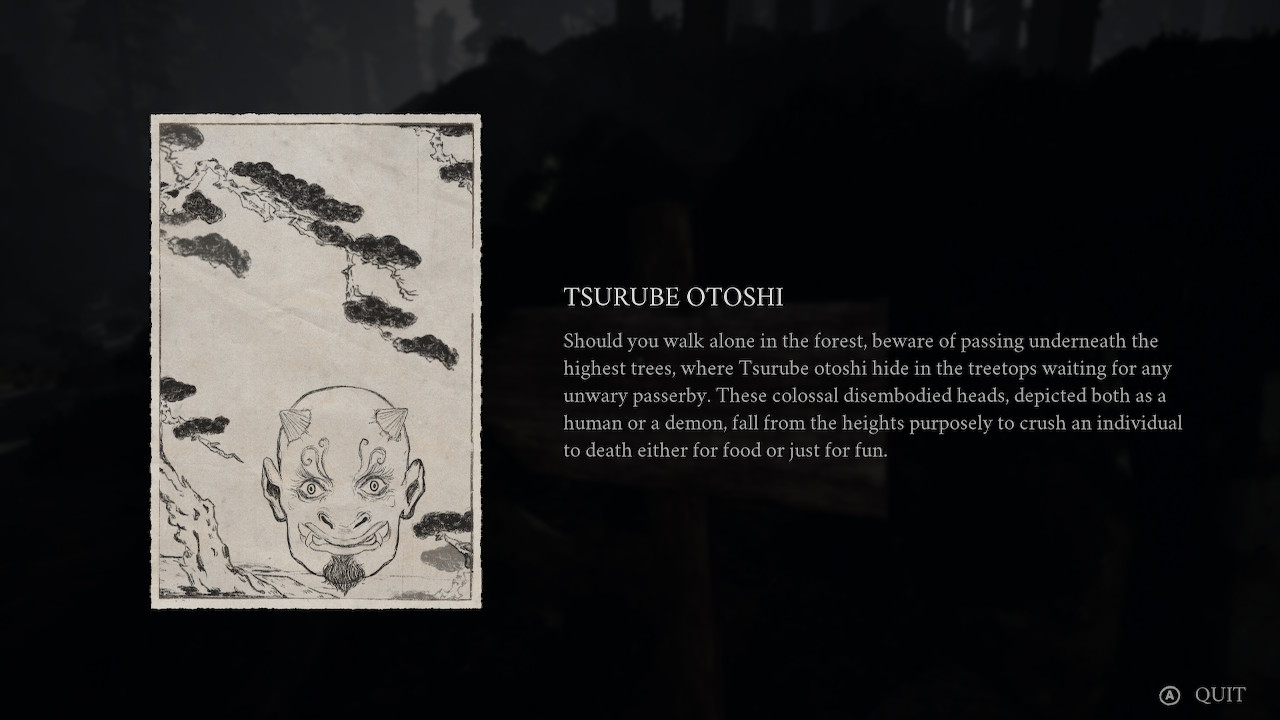
In the spirit of making progress for the review, I turned to a walkthrough for Ikai, which simply made me angrier as I learned what I was expected to figure out to play the game. First, I followed the directions to get the brush and paper, but they weren’t there. Then I remembered I picked them up because I found them while wandering around looking for laundry. Now I might have known that from checking my inventory, except there isn’t an inventory for everyday objects in the game, only for the collectibles you run across that explain some cultural aspect of feudal Japan and the creatures you’ll run across.
I am a scaredy-cat. But Ikai didn’t overwhelm my sense of terror as it overtaxed my patience. The confusing design, lack of direction, and frankly-twenty-year-old graphics create a “game” that isn’t horror, it’s just horrible.
Review: Ikai (Nintendo Switch)
Poor
Ikai is a first-person psychological horror game that isn’t so much scary as it is confounding. It wastes its effectively chilling setting by simply getting you lost in it. You’ll be annoyed more often than frightened, confused more often than entertained.

